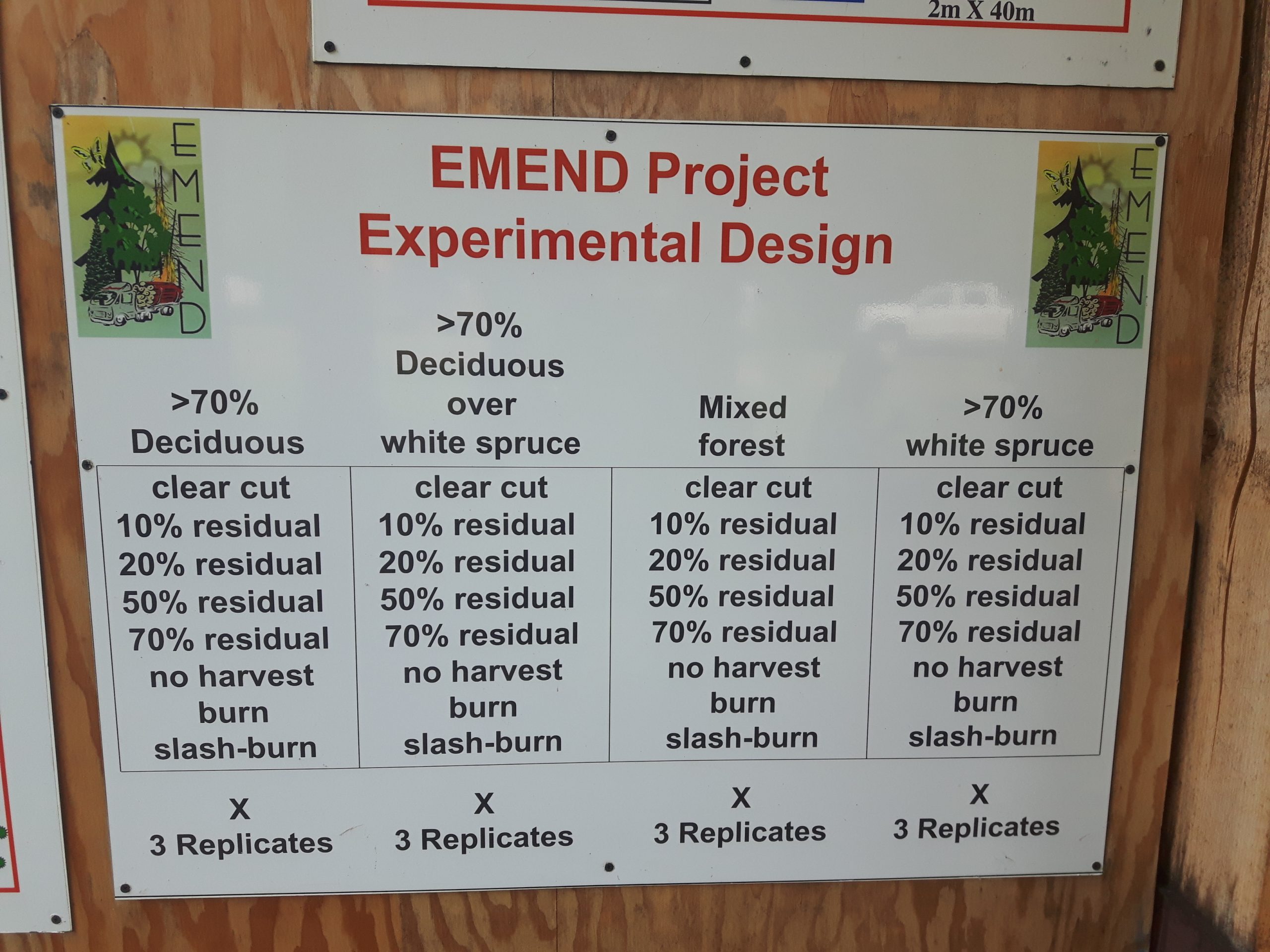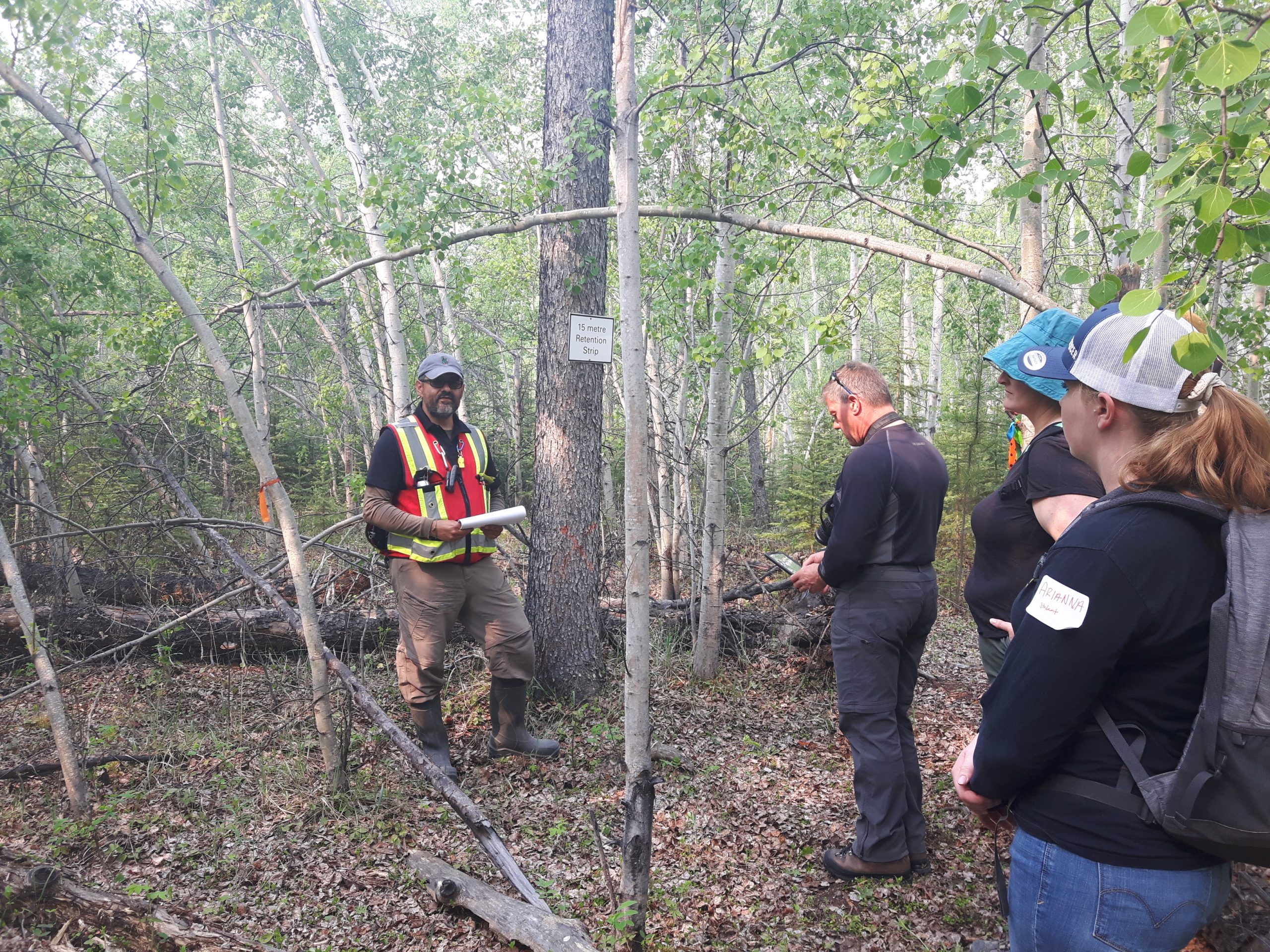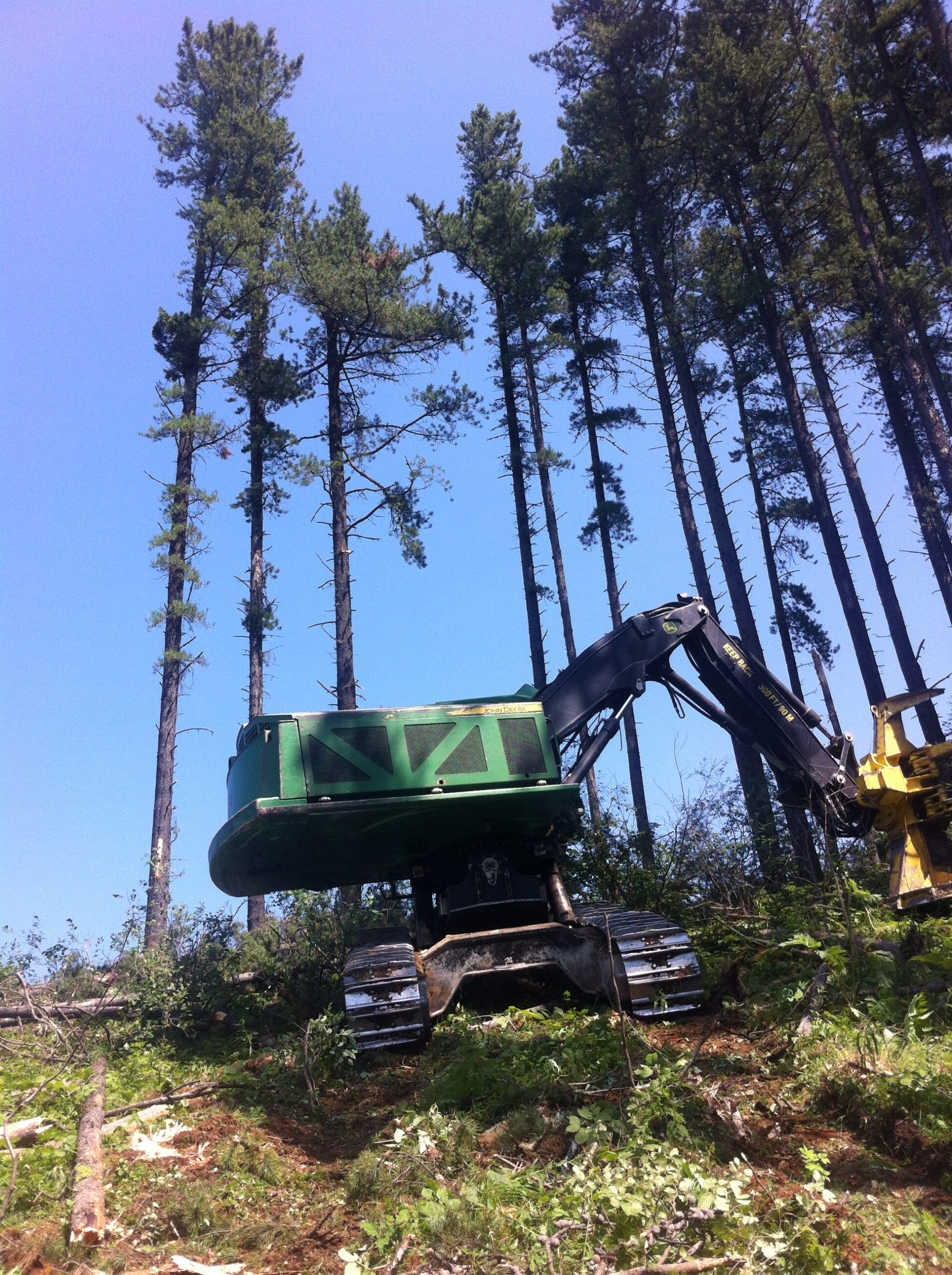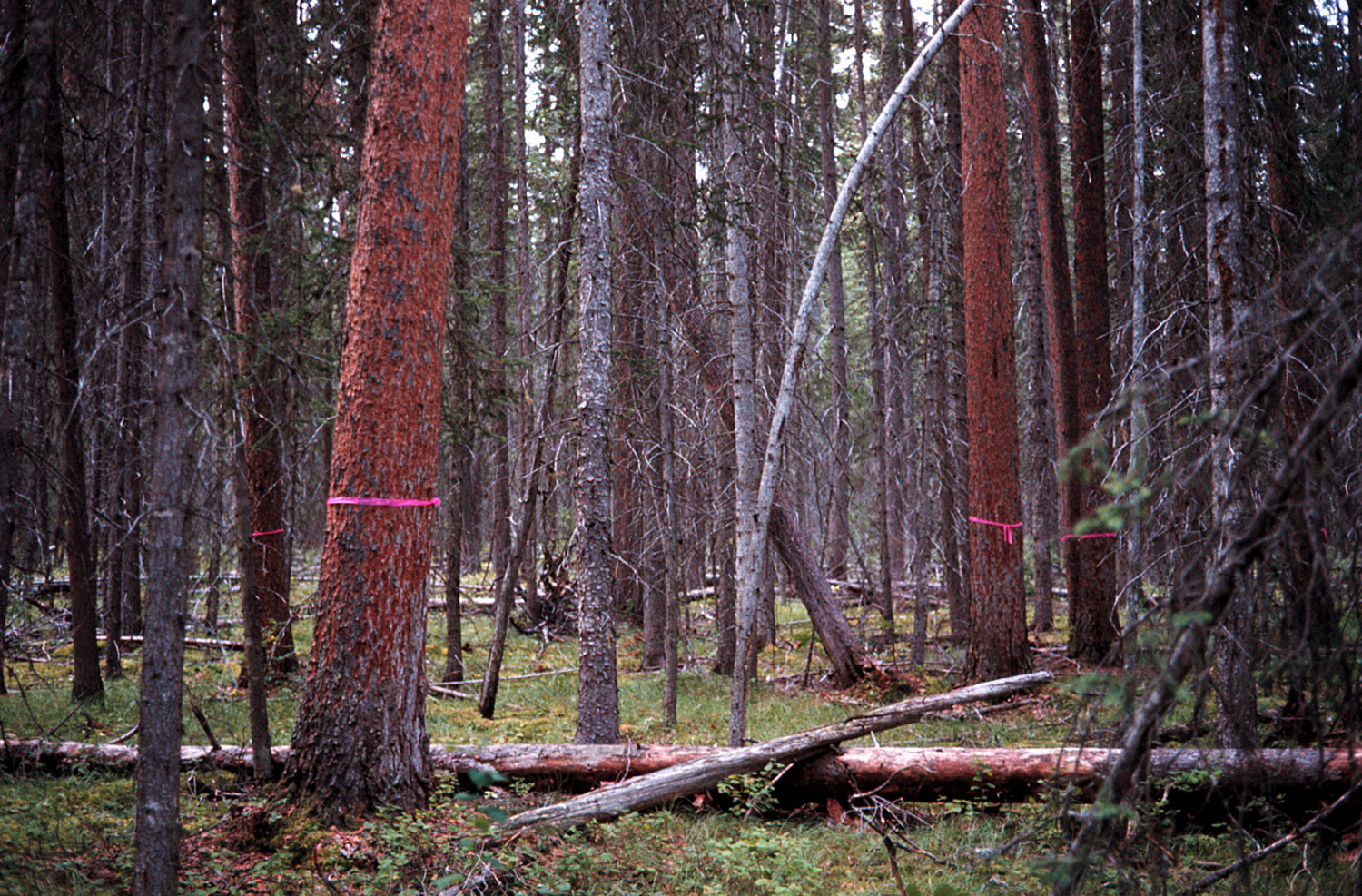Overview
EMEND is an experiment to test how harvest methods and fire affect the boreal forest. Trials are conducted at scales relevant for real-world harvest blocks (patches are from 0.6 to 5.9 ha) and will be conducted for decades. Teams of researchers have been measuring timber volumes, wildlife, plant and soil responses to disturbance treatments since EMEND began in 1997.
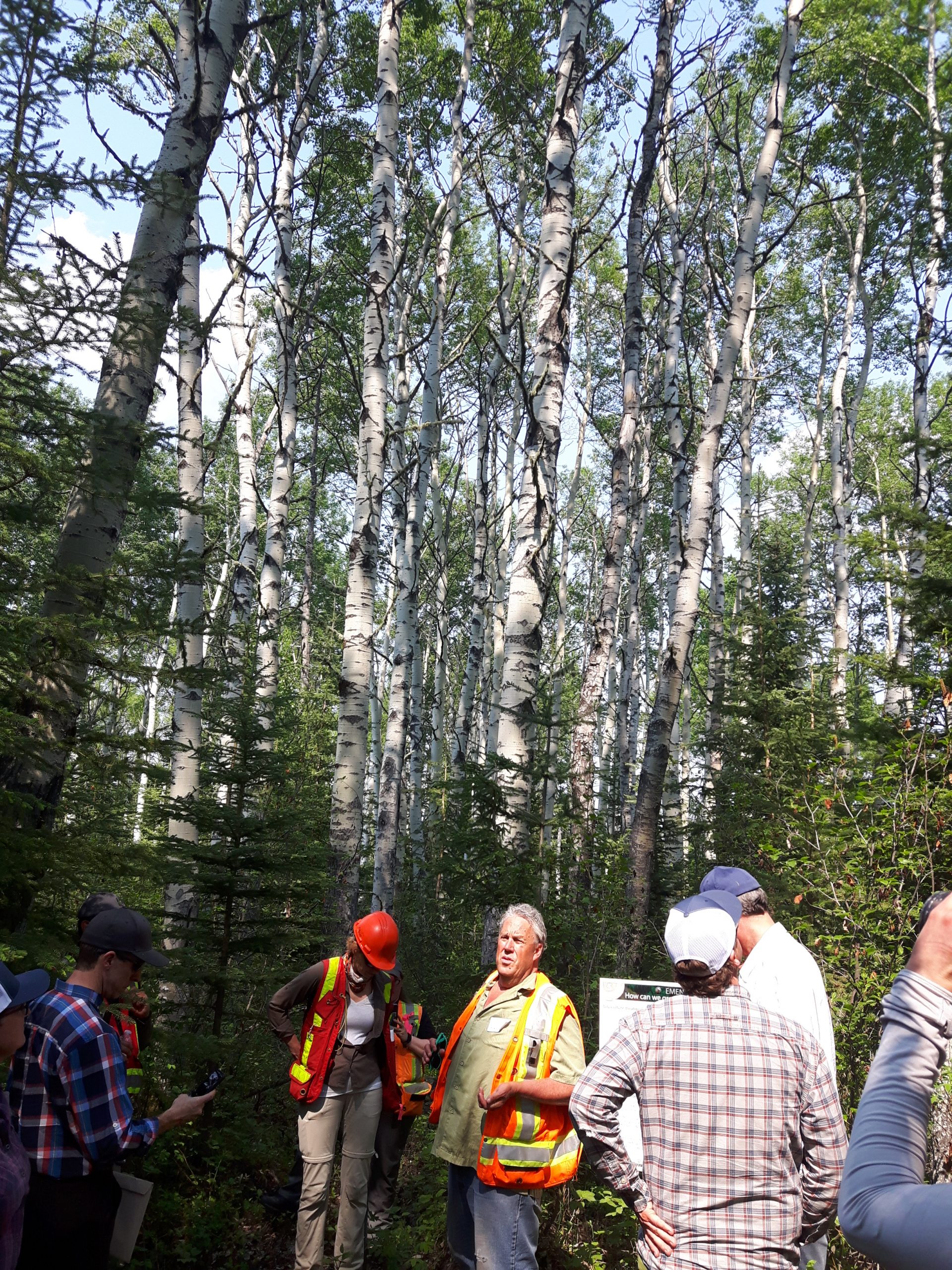
Photo credit: fRI Research
Background
The Ecosystem Management Emulating Natural Disturbance (EMEND) Project is a large-scale harvest experiment to test effects of managed disturbance elements (residual forest structure, forest regeneration) in the boreal forest.
This project asks the question, “how can forest harvest and regenerative practices best maintain biotic communities, spatial patterns of forest structure and functional ecosystem integrity in comparison with mixed-wood landscapes that have originated through wildfire and other inherent natural disturbances”. It answers this question through a replicated experiment at the forest stand spatial scale.

Photo credit: Evan Wise, Unsplash.com
Innovation
Large scale, long term manipulative experiments are difficult to pull-off for a whole host of reasons. The EMEND experiment is answering some fundamental questions about the response of the boreal forest ecosystem to harvest at a representative spatial and temporal scale. Their innovation is walking the walk. Combined with adaptive management monitoring and disturbance modeling done elsewhere in the service of EBM, EMEND is demonstrating disturbance effects in replicated trials.
“ We seek to determine how practical forest harvest and regenerative practices can best maintain biotic communities… ”
Discovery
There is a long list of research results from EMEND, with dozens of publications and research bulletins. Some highlights for EBM include their work on natural disturbance patterns of forest retention. Key to their work is inclusion of natural disturbances and variation. Natural disturbances provide a baseline for studying patches within harvest blocks because they show just how variable patches can be.
Where in the wheel?
It may seem counterintuitive to test the premise of EBM in the boreal forest with experiments repeating the spatial patterns of traditional forestry. But EBM is pattern and process. So understanding how ecosystems respond to the array of disturbance types and small -scale patterns that will be used at larger scales in more natural spatial arrangements has real value.

